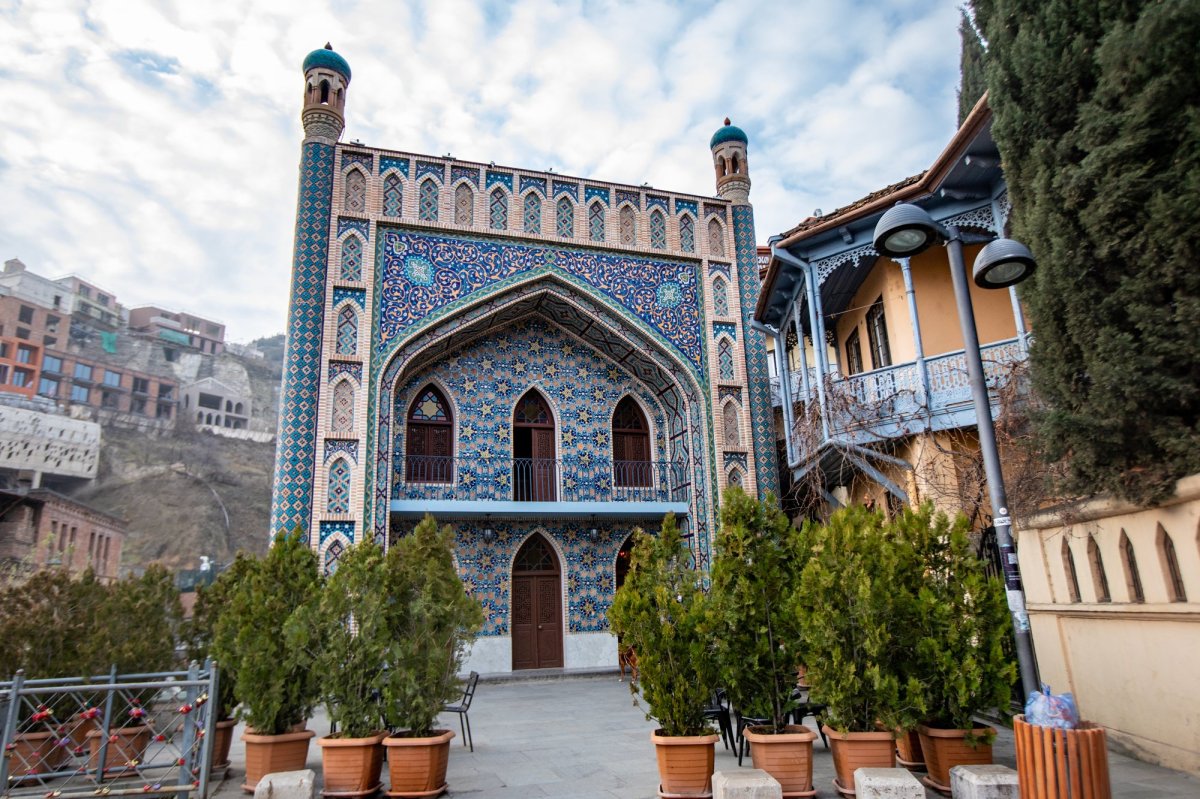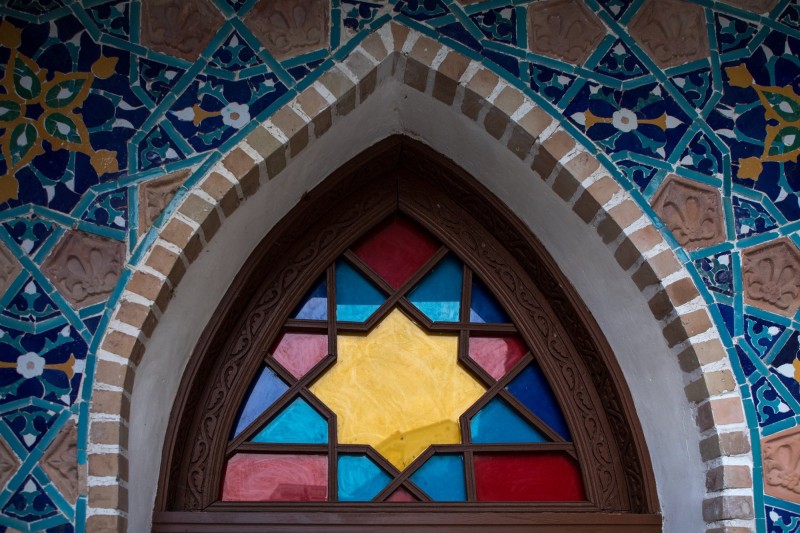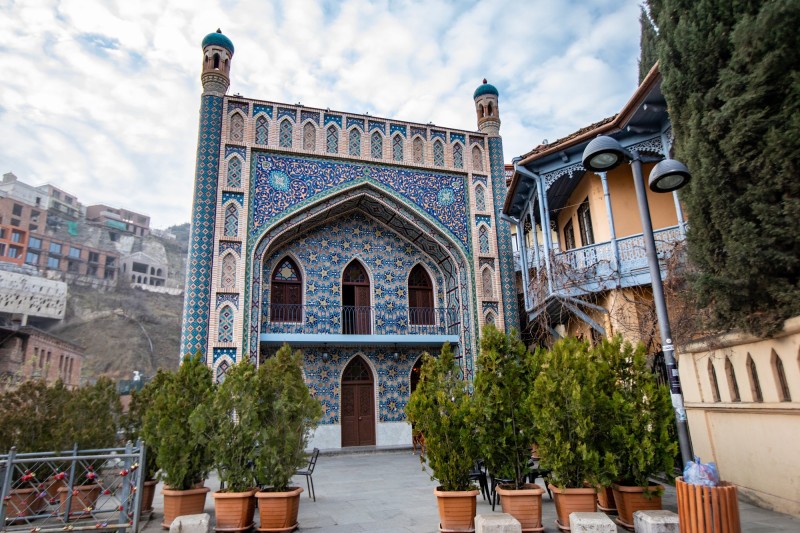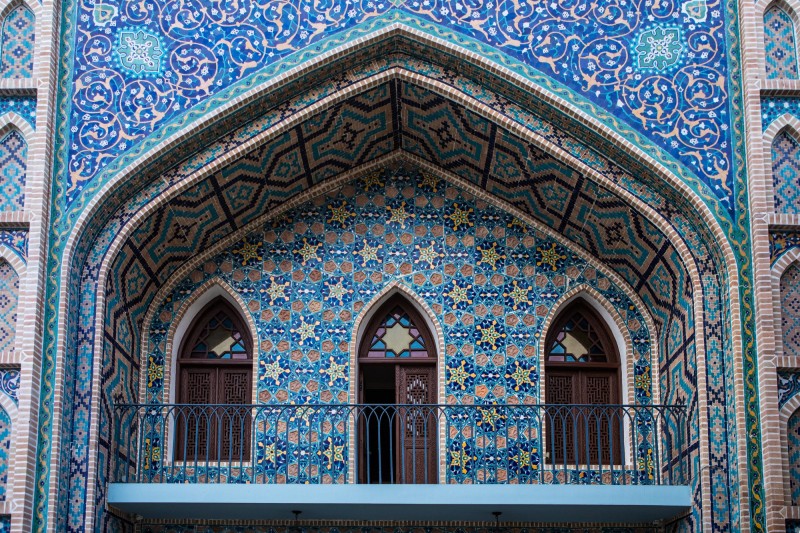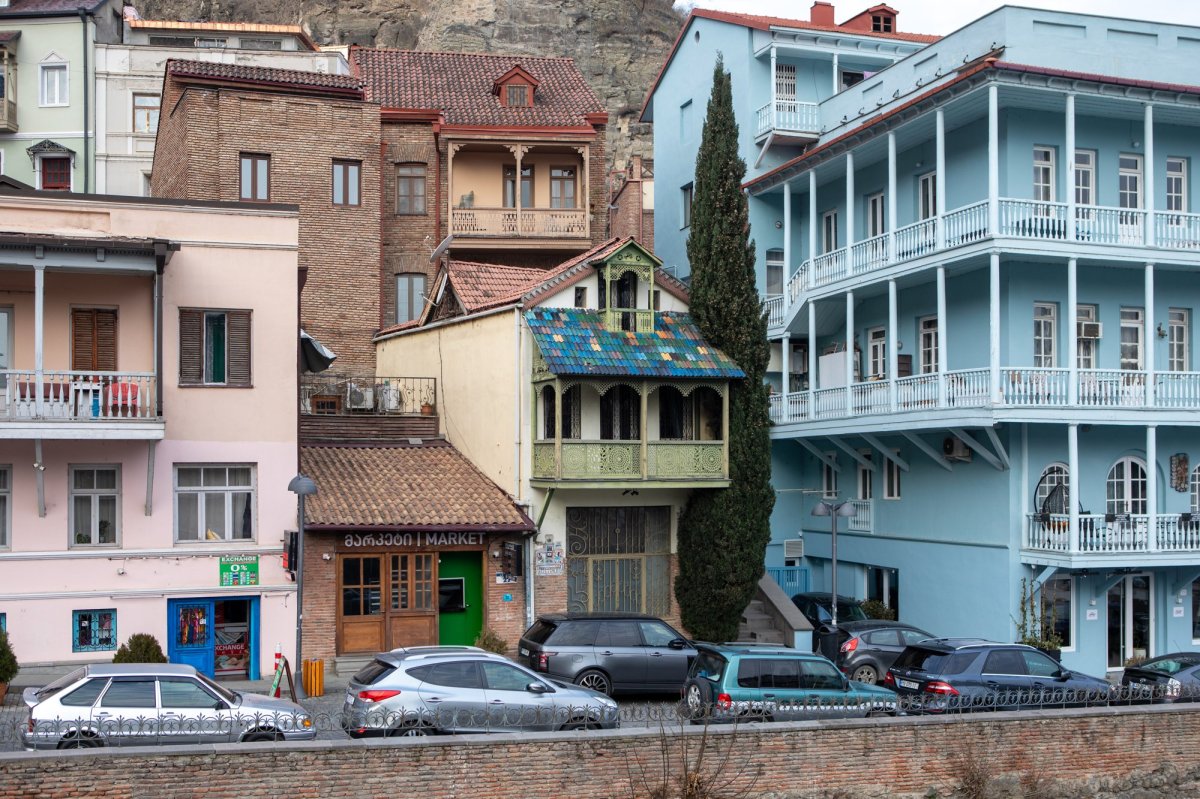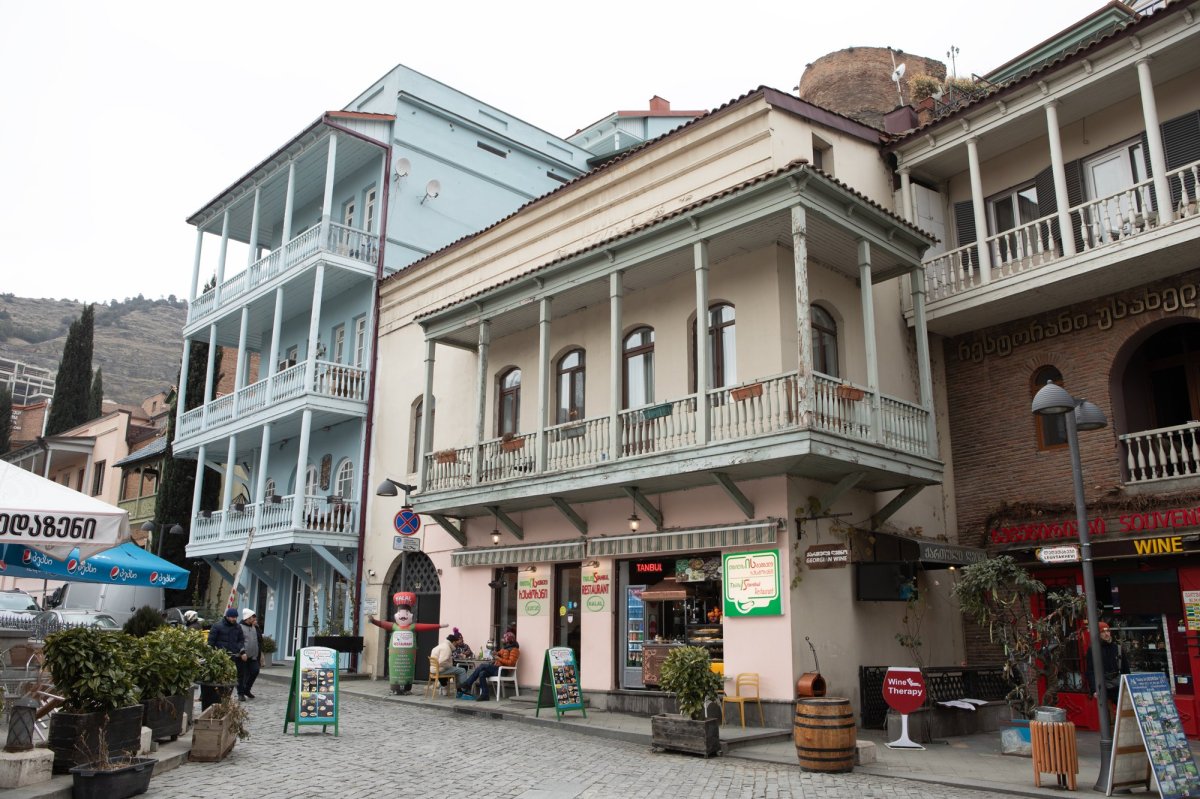
Information in details
"The construction of baths in Georgia has a centuries-old history and construction tradition. There were 65 mineral water baths in Tbilisi as far back as the 13th century. The Tbilisi baths of water "boiled without fire" or sulfur are mentioned by a number of famous travelers, including the Arab geographer of the 10th century, Ibn Ḥawqal,of the 13th-14th centuries. Venetian traveler Marco Polo and others. In the 18th-19th centuries, the baths played a big role in the life of Tbilisi, they did not only have a hygienic purpose but were a means of socialization and communication. The majority of the baths that have survived to this day were created under the influence of Iranian architecture in the 17th-18th centuries, which is one of the important features of the architecture) and is gathered in the historical district of Saidabad, which was called Abanotubani due to the abundance of baths. "Chreli Abano", which in the past was called "Orbeliani's Bath" because of its owner, was transformed into an oriental style building in the second half of the 19th century and got its name from the different colored tiles with which its portal, crowned with minaret-like towers, is covered. The building attracts attention with an ornamental facade decorated with colorful tiles, it creates a strong accent in the composition of Abano street. The division of the facade is rhythmic and symmetrical. The central, vertical rectangle-shaped facade of the building is flanked by decorative columns, which are finished with minaret-like, small domed fans. Both geometric and plant motifs can be found in the ornamental decoration. The color gamut is dominated by different tones of blue, which is combined with a pinkish pastel tone, yellow, green, and white colors are used in the processing of details, which creates a light contrast and enhances the impression of color. The area between the arch and the rectangular frame is decorated with vegetal, spiral motifs, the columns and niches are decorated with rhombuses, and the recess of the arch is decorated with kaleidoscopic decor. Carpet-like, colorful decor somewhat softens the strongly expressed forms of the building, and weakens the contrast. The rest of the facades of the bath are completely plain. The interior is also typical for an oriental bath.


 თბილისი, Bath street N2
თბილისი, Bath street N2
 41.6881114, 44.8110388
41.6881114, 44.8110388

